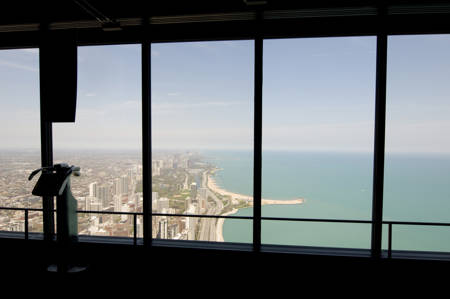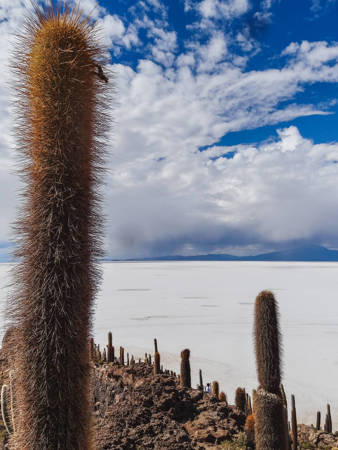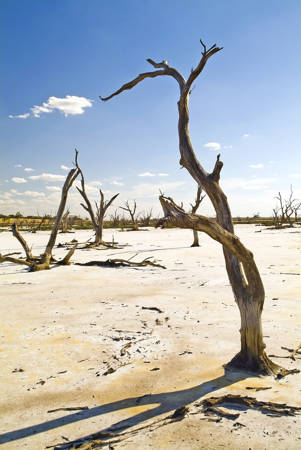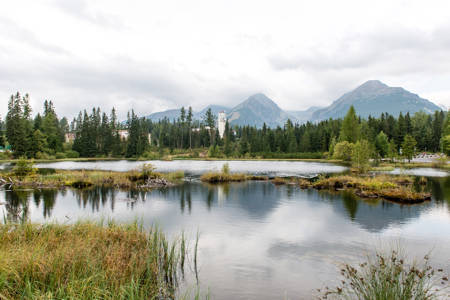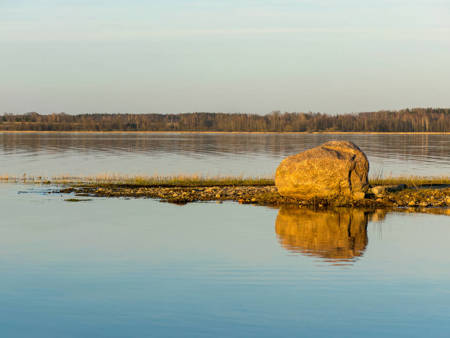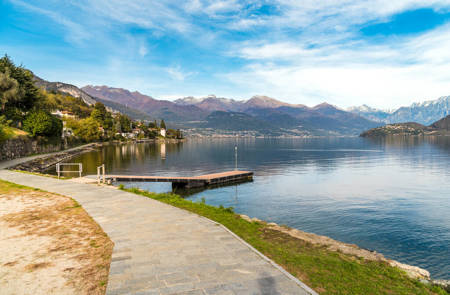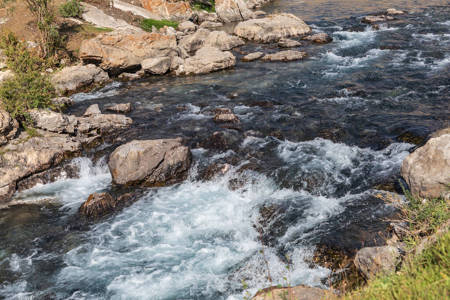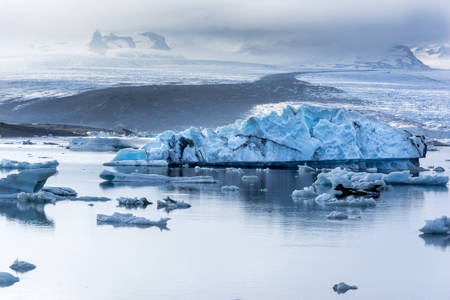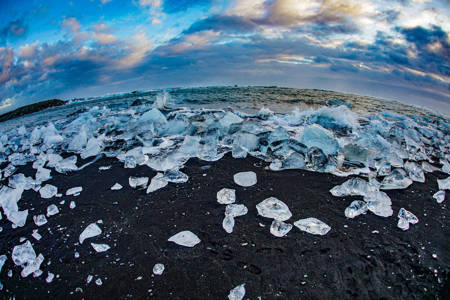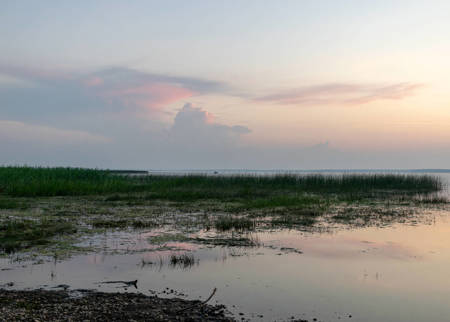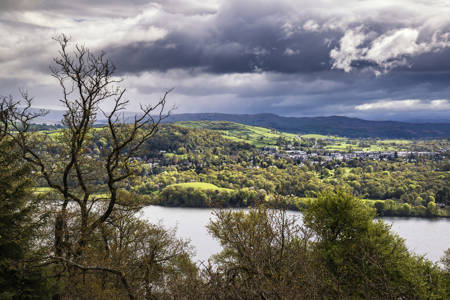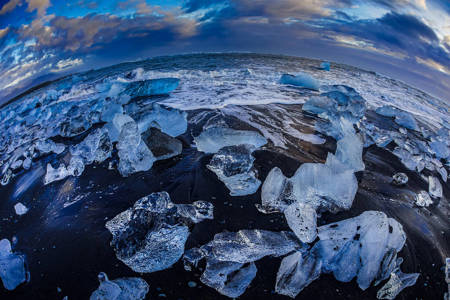Exploring the Diversity of Lakes and River Landscapes Worldwide
| Total images | : 5,703 |
| Type | : organic |
| Category | : Scenes |
| Resolution | : Up to 1024px |
| Storage size | : Up to 1 Gb |
| File format | : JPEG |
The Lakes and River Landscapes Collection is a rigorously assembled set that delves deep into the diverse and stunning world of lakes and river-formed landscapes spanning various regions and climates. This collection serves as an essential tool for hydrologists, environmentalists, researchers, and nature aficionados, who are drawn to the serene waterscapes, riverbanks, deltas, and wetlands that define our planet's freshwater features.
Harnessing the capabilities of AI and machine learning, this dataset uncovers fresh perspectives for hydrological research and the appreciation of aquatic landscapes. Through the use of sophisticated algorithms, researchers have the ability to discern concealed patterns in lake formations, river meandering, and biodiversity transitions along freshwater systems. Furthermore, machine learning models can forecast potential changes in these aquatic ecosystems by analyzing both past and present data, painting a picture of the potential future of these vital water bodies.
The Lakes and River Landscapes Collection, bolstered by AI and machine learning, surpasses conventional hydrological datasets. It provides dynamic insights and forecasting power that transform our comprehension of freshwater geology, ecology, and the intricate interplay of water, land, and life. Here are some of the potential applications of this dataset:
1. Lake Formation Insights: Advanced algorithms enable scientists and hydrology experts to decipher processes underlying lake formations, considering factors such as glacial activity, tectonic shifts, and sediment deposition.
2. River Dynamics Study: AI models can project the changes in river courses and fluvial processes, taking into account elements like sediment transport, flow velocities, and watershed influences.
3. Aquatic Biodiversity Analysis: Through AI, one can investigate the unique flora and fauna of different lake and river systems, leading to insights into these fragile ecosystems and conservation requirements.
4. Wetland and Delta Evolution: Machine learning can evaluate changes in wetlands and deltas, supporting conservationists in devising strategies to counteract potential threats.
5. Historical Changes in Freshwater Systems: AI allows the tracing of historical alterations in lake and river landscapes, enriching our understanding of the Earth's hydrological history.
6. Tourism and Recreational Assessment: AI-driven analyses can highlight picturesque or recreationally significant areas, aiding tourism authorities and businesses in their endeavors.
Environment: Commercial stock
Angle: Random
Augmentation: None
AR: Various
ACCURACY
This dataset possesses a tolerance margin of 10% to 15% for the associated images, which might not completely represent the metadata or image's accuracy. For instance, an image of a related aquatic plant or adjacent landscape might emerge due to its link with lakes or rivers. All metadata in this dataset had been created manually and might contain a low margin of error. The maximum resolution of each image might vary.
128px
$69
256px
$199
512px
$349
1024px
$449
Sample images in this dataset



